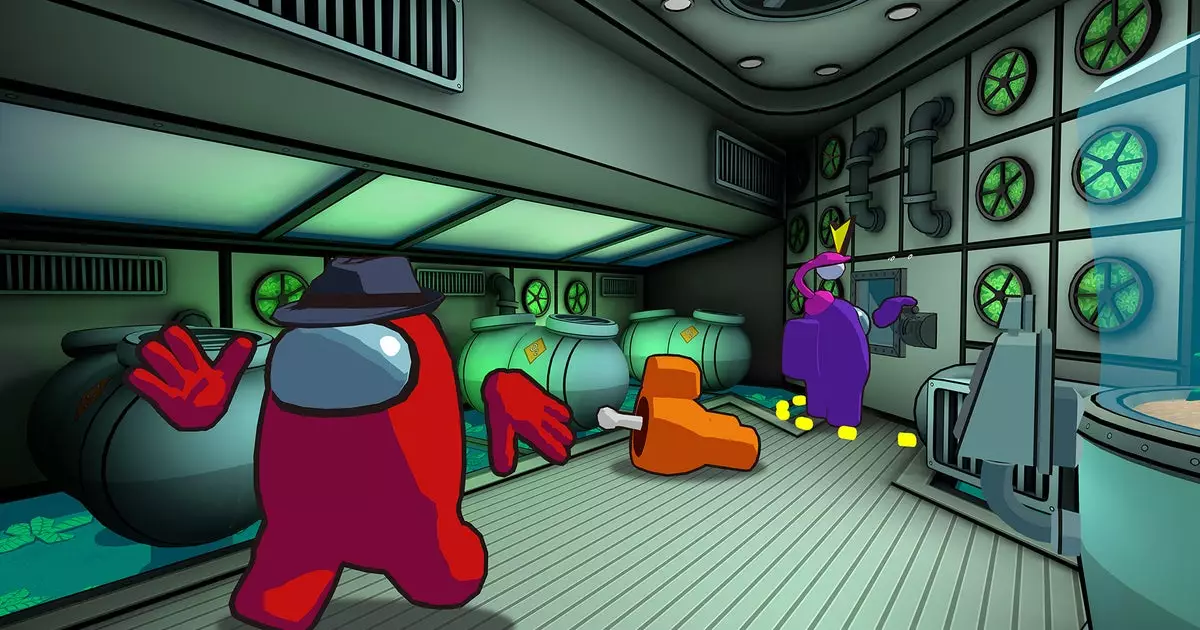In a surprising turn of events, Innersloth and Schell Games have unveiled plans to transition the beloved social deduction game, Among Us, into an immersive 3D realm. While this marks a significant departure from the original 2D graphics that captivated millions, it raises questions about the impact on gameplay and community dynamics. This reimagining embraces a new format, potentially broadening its audience but also provoking mixed reactions from long-time fans.
For those who might feel abandoned by the shift away from virtual reality, particularly the Meta Quest community, the announcement is bittersweet. The game’s VR variant has garnered a dedicated following, yet the introduction of a non-VR 3D version seeks to attract players who may have been hesitant to invest in VR technology. Personally, this approach resonates with me, as my own experience with VR has been limited to a basic setup that currently serves more as a decorative piece in my room than a functional gaming device. The new iteration aims to bridge the gap between those who enjoy casual gaming on traditional consoles and those immersed in futuristic VR experiences.
As revealed in the Steam page announcement, fans can look forward to returning to the original gameplay mechanics they love: performing tasks, sabotaging fellow players, engaging in Emergency Meetings, and the ever-satisfying act of venting, now accentuated by an intimate 3D environment. The introduction of proximity voice chat enhances the social interaction, bringing players closer together, even from afar. Moreover, the idea of adding fresh and returning mini-games coupled with first-person controls promises to inject new life into the gameplay.
A noteworthy addition is the Stardust currency for cosmetic customization, which hints at a deeper integration of personalization within the game. However, the limitations of the demo, notably the lack of crossplay with VR users, could detract from the overall experience. Gamers might find themselves yearning for a fully unified experience that spans both versions.
Although many features are to be unfurled post-launch—think expanded modes, diverse tasks, and time-sensitive events—the current uncertainty surrounding the full game’s release date keeps players in a suspenseful limbo. It’s a classic marketer’s move, leaving fans in eager anticipation while strategically building hype. While such tactics can be effective, they can also lead to frustration among the community, especially those who wish to dive into the game as soon as possible.
Among Us’ transition to a 3D format represents a bold step for the franchise. It exemplifies how innovation can both challenge and uplift a game’s legacy. As players await the demo during the upcoming Steam Next Fest, it remains to be seen whether this evolution will capture the hearts of both new players and dedicated veterans alike. The thrilling ride of deduction and deception is about to get an aesthetic overhaul, and for many, this may indeed feel like venting in style.


Leave a Reply